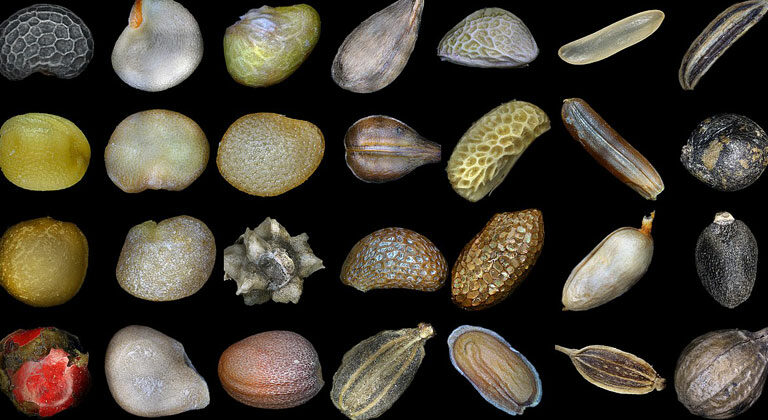Plants are the masters of survival and reproduction, and they have developed some truly ingenious ways of dispersing their seeds in order to thrive and spread across the land. From fluffy seeds that float on the wind to explosive capsules that shoot seeds far and wide, there are countless strategies that plants use to ensure their future generations have the best chance of success. Let’s take a closer look at some of the amazing ways that plants disperse their seeds:
Wind dispersal: Many plants have lightweight seeds that are easily carried by the wind. Examples of plants that use wind dispersal include dandelions, willows, and maples. These plants have seeds with fluffy or hairy structures that help them to float through the air and travel long distances. Wind dispersal is an effective way for plants to colonize new areas, as it allows the seeds to travel long distances and reach a wide range of environments.
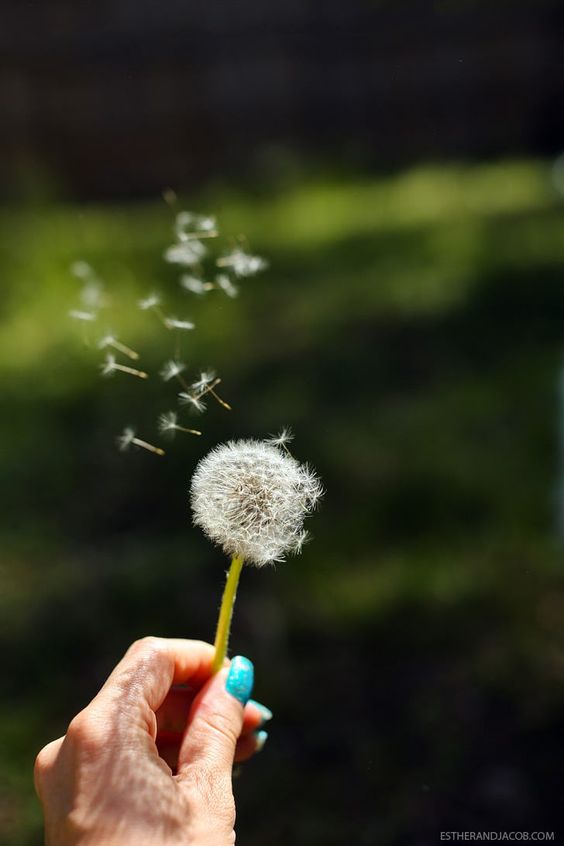
Animal dispersal: Many plants rely on animals to transport their seeds to new locations. Some plants have seeds that are coated in a sweet, edible flesh or nectar that attracts animals, such as birds and mammals. These animals eat the seeds and then defecate them elsewhere, often far from the parent plant. Examples of plants that use animal dispersal include apples, berries, and figs. Animal dispersal is an important way for plants to colonize new areas, as it allows the seeds to travel long distances and reach a wide range of environments.
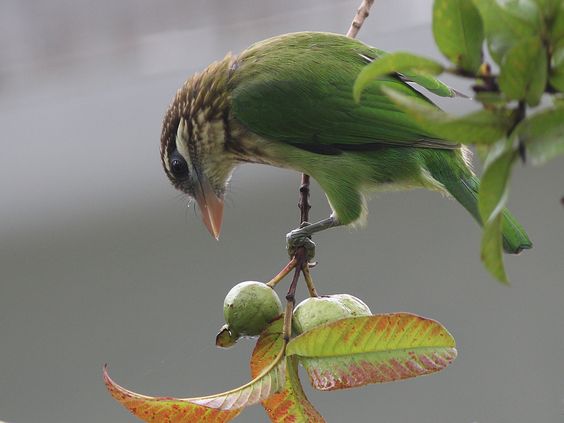
Water dispersal: Some plants have seeds that are adapted for dispersal by water. These seeds are often coated in a waterproof layer or have a hard, waterproof outer shell. They may also have a special structure, such as a float or air pocket, that helps them to stay afloat and travel long distances in water. Examples of plants that use water dispersal include coconuts and mangroves. Water dispersal is an effective way for plants to colonize new areas, as it allows the seeds to travel long distances and reach a wide range of environments.
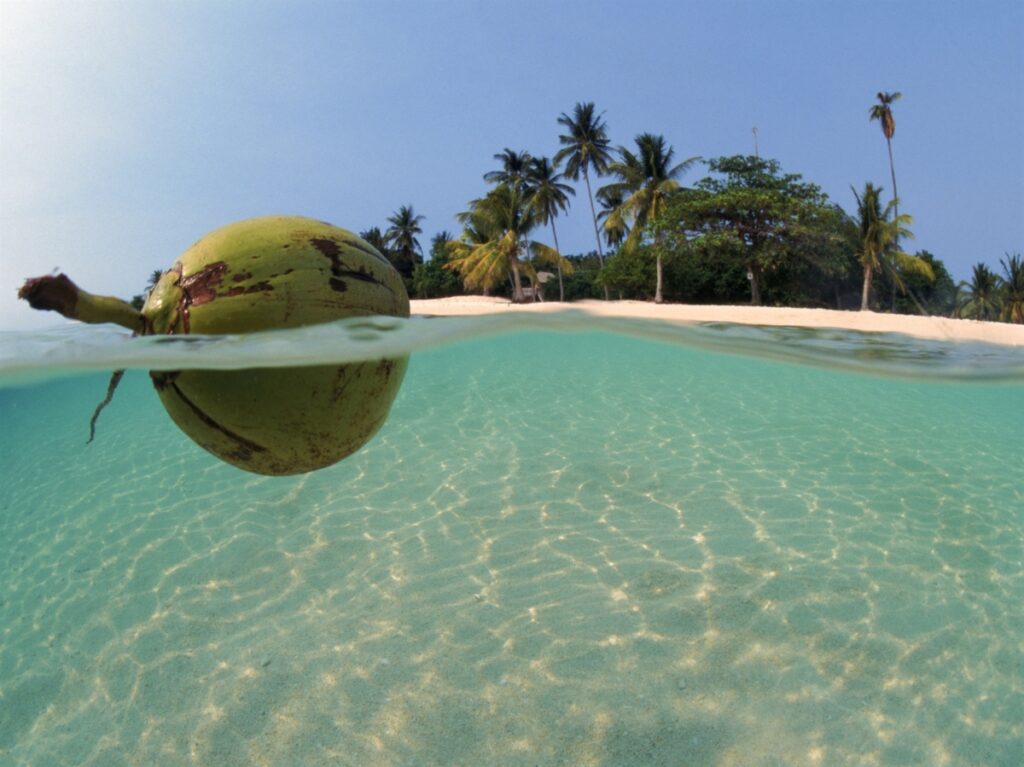
Explosion dispersal: Some plants have seeds that are adapted for explosive dispersal. These seeds are often contained in pods or capsules that are under pressure. When the pod or capsule dries out or is touched, it explodes and sends the seeds flying in all directions. Examples of plants that use explosion dispersal include pea plants and squirtle. Explosion dispersal is an effective way for plants to colonize new areas, as it allows the seeds to travel long distances and reach a wide range of environments.

In addition to these main methods of seed dispersal, there are several other ways that plants disperse their seeds. For example, some plants have seeds that are heavy and fall to the ground when they are ripe, relying on gravity to disperse their seeds. Examples of plants that use gravity dispersal include apples, pears, and avocados. Other plants have seeds that are adapted for dispersal by biotic factors, such as fungi or bacteria. These seeds may be coated in a substance that is attractive to fungi or bacteria, which helps to transport the seeds to new locations. Examples of plants that use biotic dispersal include orchids and some species of legumes. Finally, some plants have seeds that are adapted for dispersal by fire. These seeds may be contained in pods or capsules that are resistant to heat and open when exposed to fire. Other plants have seeds that are stimulated to germinate by heat or smoke. Examples of plants that use fire dispersal include certain species of eucalyptus and acacia.
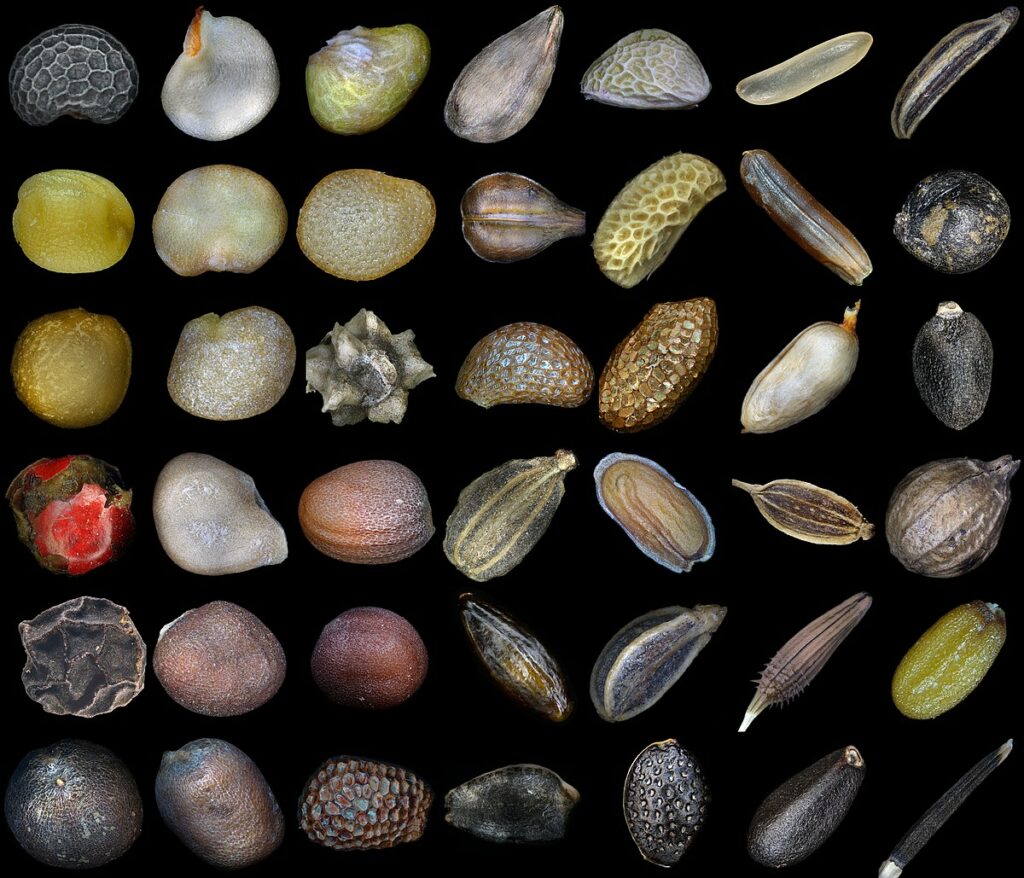
In conclusion, plants have evolved a variety of methods for dispersing their seeds in order to increase the chances of their survival and reproduction. Whether it’s through the wind, animals, water, explosion, gravity, biotic factors, or fire, these strategies help to ensure that plants can colonize

